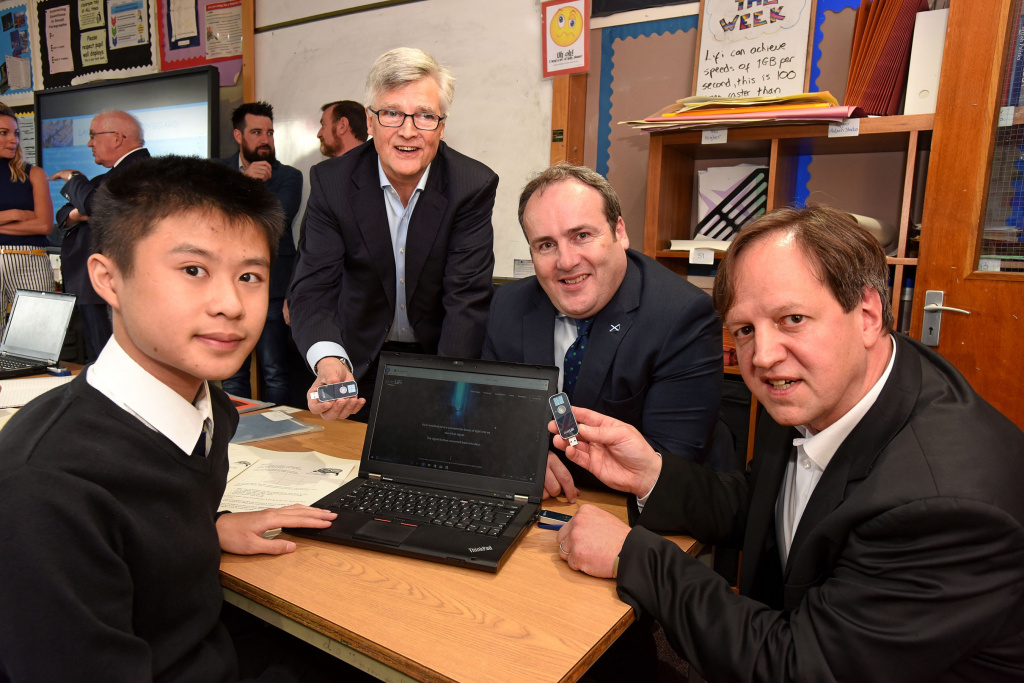
LiFi is lighting the way to wireless learning
Wireless technology has become an essential part of educational infrastructure, but the current WiFi bandwidth is coming under increasing strain with the exponential growth of wireless-enabled devices that are connected to the internet and the expansion of digital learning tools such as HD video, e-books or interactive educational games. This is set to continue as e-learning evolves to incorporate emerging technologies, like virtual reality and augmented reality, in the classroom, which require significant bandwidth. However, there is a relatively simple and tested solution at hand and that is to use light bulbs to transmit data through LiFi.
WiFi is coming under pressure
WiFi has transformed the way we use devices in all aspects of life, reducing the need for wired-in computers and opening the way to a new generation of portable laptops, smartphones and tablet devices.
The figures for the growth in mobile data use are staggering. In 2016, mobile data traffic grew by 63 per cent and 60 per cent of total mobile data traffic was offloaded onto the fixed network through WiFi or femtocell, according to CISCO Visual Networking Index: Global Mobile Data Traffic Forecast Update, 2016-2021 White Paper. It is forecast that by 2020 there will be 20 billion devices wirelessly connected to the internet. Almost 80 per cent of the wireless data is being consumed by bandwidth-hungry video for entertainment, video streaming and virtual and augmented reality.
However, the ability to access data, information and entertainment on the move through WiFi has devoured vast swathes of the available radio frequency spectrum on which it relies.
This looming spectrum crunch means that we must find an alternative to ensure wireless communications can not only continue to meet current requirements but, more importantly, the expected rise in demand in the future.
Wireless communications in education
Schools are a prime example of how wireless communication has been transformational. Two decades ago, pupils used computers in dedicated IT suites, but in the modern school, functioning without wireless is not an option.